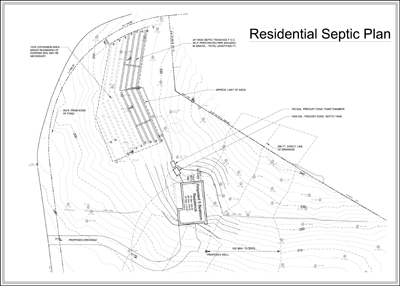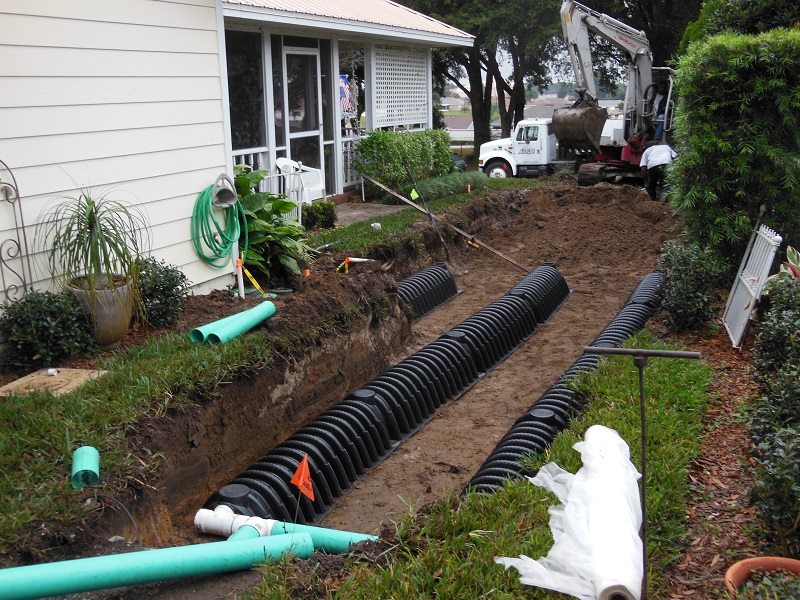

Generally speaking, higher volumes of water usage require you to install a larger septic tank. The size of your septic tank will depend on how many people will be using it and their combined daily water usage. Septic tanks are usually made with heavy materials like concrete, but you can construct a more lightweight one as long as the tank gets anchored to prevent it from jostling around. A septic tank temporarily holds wastewater and organic matter until it’s ready to filter back into the underground water table. Here’s everything you need to know about a basic septic system design.Ī standard septic system design consists of two main components: the septic tank and the drain field. While they’re better for the environment, the septic system planning process can be a daunting task for homeowners. Farms and rural homes are often tasked with installing their own private septic systems. Rooter, Mosquito Joe is part of Neighborly’s community of home service professionals.Not every household is hooked up to a network of public sewage pipes. Mosquito Joe is here to help with everything from mosquito prevention tips to all-natural mosquito control. Heavy rain can fill your septic tank, flood your leach field and encourage mosquito breeding. Rooter ® Plumbing is here to support you with quality service and upfront pricing. Ready to schedule your annual septic tank inspection? Searching for septic tank pumping services? Your local Mr. Commit to annual septic system inspections and diagnosis services.View the septic tank pump chart to learn how often you should be pumping your septic tank. Schedule regular septic tank pumping typically every three to five years.Divert water runoff from excessive rainfall or snow away from the leach field.Do not park cars, build structures, or place any heavy objects on top of the leach field.Limit laundry to one load per day to spread out water usage.

#SEPTIC TANK AND DRAIN FIELD LAYOUT HOW TO#
How to Tell if Your Leach Field is FailingĪ properly maintained leach field is invisible and silent. As liquids travel through the pipes of the leach field, it seeps into the ground below where it is naturally filtered by the soil.The liquid waste then flows into the leach field through underground pipes, while the solid waste remains in the bottom of the septic tank and continues to be broken down by bacteria.Solid waste sinks to the bottom of the septic tank and becomes sludge, while liquid waste (such as fats, oils and grease) floats to the top of the septic tank to also be broken down by the bacteria.The waste begins breaking down due to the bacteria present in the septic tank.All the waste and wastewater from the house flows into the septic tank.Here is how your septic system and leach field operate: This means to understand how a leach field works, you must also understand how your whole septic system works. How A Leach Field WorksĪ septic tank, pipes and drain field are what make up your septic system. If properly maintained, leach fields can last up to 25 years. There are typically six feet between each trench. They can have multiple trenches between 18 to 36 inches deep, one to three feet wide and up to 100 feet long. Leach fields are typically located in a large, flat and open area of your yard. Keep reading to learn why your leach field is important, how it works, and how to maintain your septic tank drain field to keep it working properly over time. The leach field is responsible for removing contaminants and impurities from liquid after it leaves the septic tank. A leach field, also known as a septic tank drain field or leach drain, is an underground array of perforated pipes adjacent to the septic tank.


 0 kommentar(er)
0 kommentar(er)
